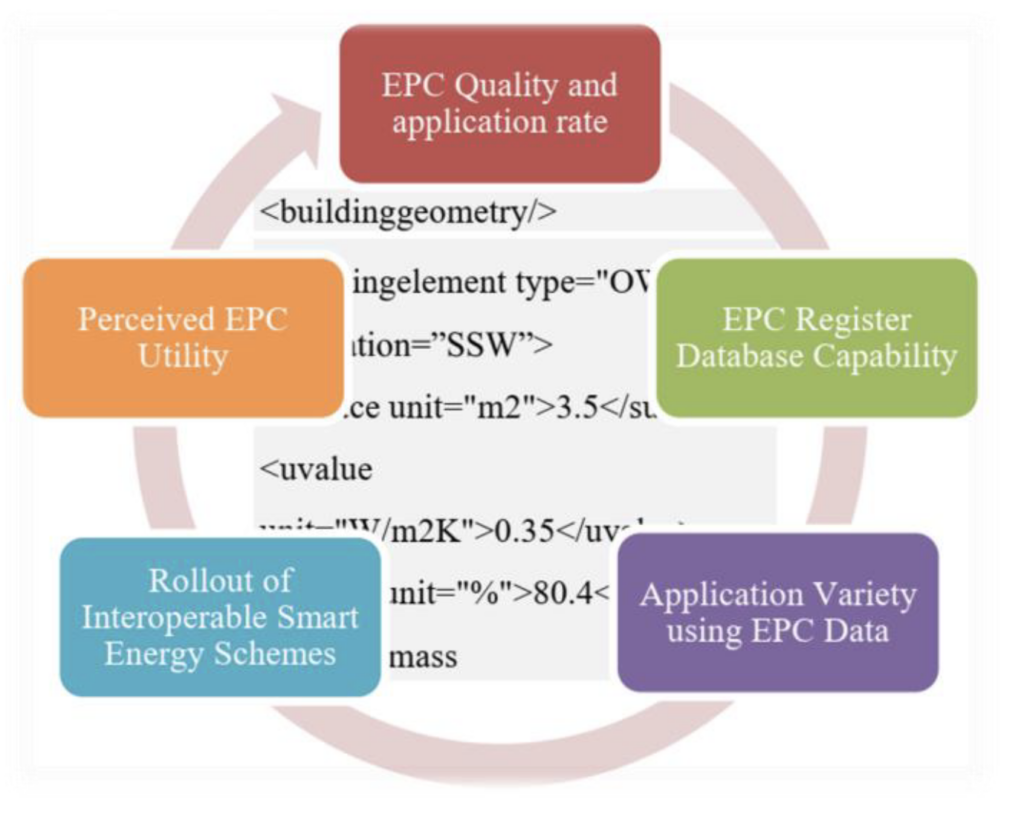Data acquired as input data for calculating energy performance of buildings in the mandatory Energy Performance Certificate EPC-schemes according to 2010/31/EU Energy Performance of Buildings Directive is a valuable source – both for model-based and sector spanning planning of future SES and for model predictive grid/network control on a local/regional level. EPC4SES takes the diverging landscape of EPC in Europe, adding utility to EPC and introducing a new way for convergence and improvement of EPC quality. The project will co-develop applications with stakeholders, whilst securing privacy by design pairing building data. The best-ranked model-based prediction applications will be implemented as research prototypes using real data from the three pilot regions Andalucía, Berlin and Salzburg/Vienna, to quantify impacts and effort when erecting virtual (digital) twins of building pairs or quarters.

Project pilots

Berlin (Germany)
The Berlin demonstrator - attached to SEnerCon is covering 50+ similar buildings, connected to district heating via a larger subnetwork. The target is to manage loads such, that the district heating operator may feed in energy with a lower CO2-footprint. The model predictive control will be tested with the digital building twin and building’s heating controller, utilizing thermal building data from the transfer XML-file, which feeds the German EPC printing application.

Salzburg (Austria)
A case study will be conducted with the use of a physical building model. With the application of model predictive control, the heat demand of the building model will be predicted by considering weather forecast and thermal properties of building envelopes. The future heat supply to the model will therefore be optimized. The impact on district heating and the potential to integrate solar energy into the grid will be evaluated.

Vienna (Austria)
Model predictive control will be demonstrated in a single family house equipped with a solar thermal system. Considering weather forecasts, thermal mass of the building and electricity prices, together with a virtual heat pump, an optimized control strategy to reduce CO2 emission will be calculated. Coupled with hardware-in-the-loop approach, the control strategy will be tested and validated.

Rota (Spain)
The research activities will be carried out in a retrofitted office building. The main focus will be on the application of a predictive model that will consider temperature, weather forecast, solar irradiance and the real time energy consumption of the building in order to, according to the energy demand, make recommendations for improving the energy efficiency of the building.





